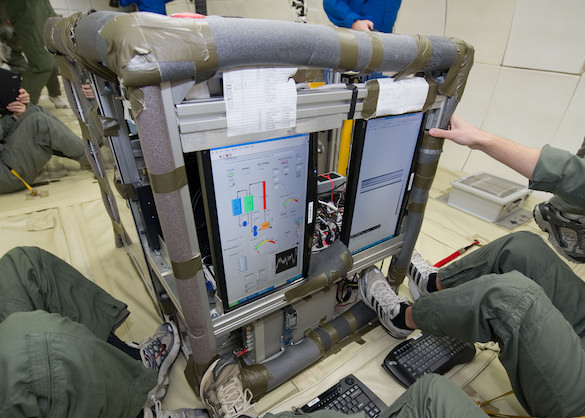Ground-Based Study of Gravity Effects on Flow Boiling Heat Transfer in Preparation for an ISS Flight Experiment
PI: Jungho Kim, University of Maryland - College Park
PI: Jungho Kim, University of Maryland - College Park

- TA03 Space Power & energy Storage
- TA06 Human Health, Life Support and Habitation Systems
- TA14 Thermal Management Systems
Most existing spacecraft thermal subsystems rely on single-phase heat transfer, but the drive towards lighter, smaller, higher power subsystems to make future missions possible will require use of two-phase thermal systems. The key challenge in developing two-phase thermal systems is the development of a heat transfer database and reliable models for flow boiling in variable gravity environments from which the performance of two-phase heat exchangers in spacecraft can be confidently predicted. Unlike previous work where only time- or space-averaged heat transfer data were measured, we will obtain local measurements of the wall heat transfer coefficient with high temporal and spatial resolution using infrared (IR) camera and an IR transparent silicon tube.
Test conditions include bubbly flow, slug flow, churn flow, annular flow, inverse annular flow, and ultimately dryout. Flow visualization is also performed. At the end of the test campaign, we expect to have completed a preliminary overview of the test matrix for a future ISS experiment. The TRL level is currently 4, and is expected to exit at 4 as well.
Technology Details
-
Selection DateREDDI-F1-16 (Jul 2016)
-
Program StatusCompleted
- 2 Parabolic
Development Team
-
PIJungho Kim
-
Organization
-
SponsorNASA
-
More Information

